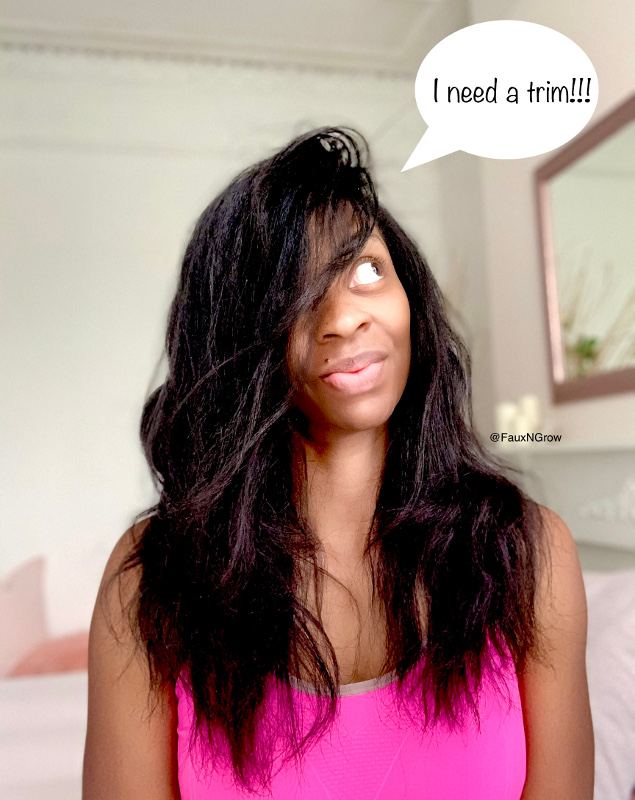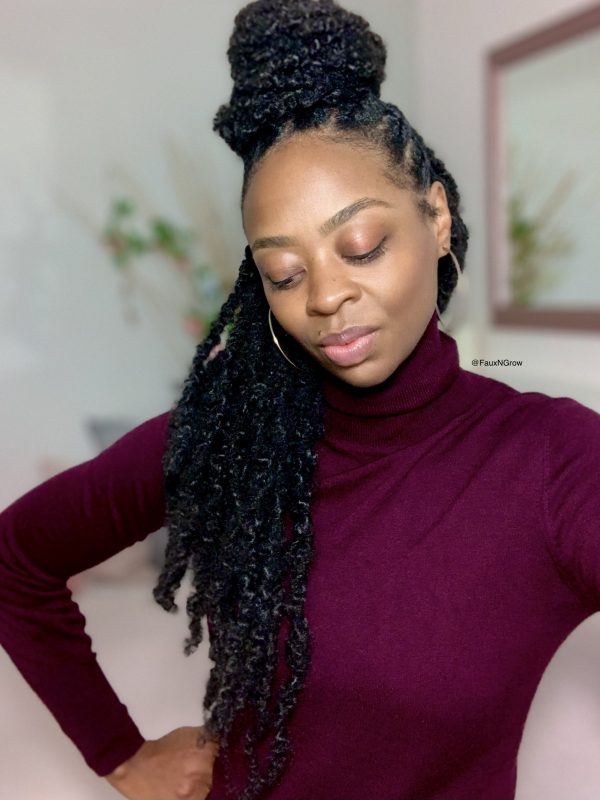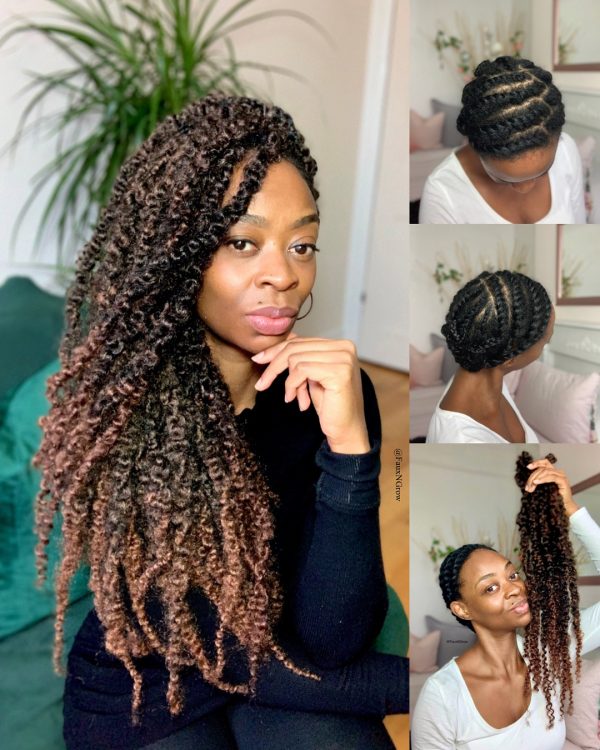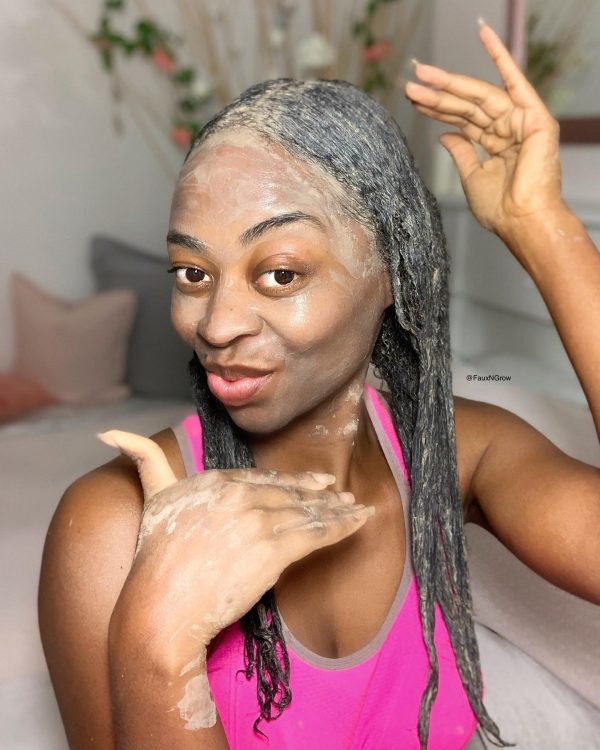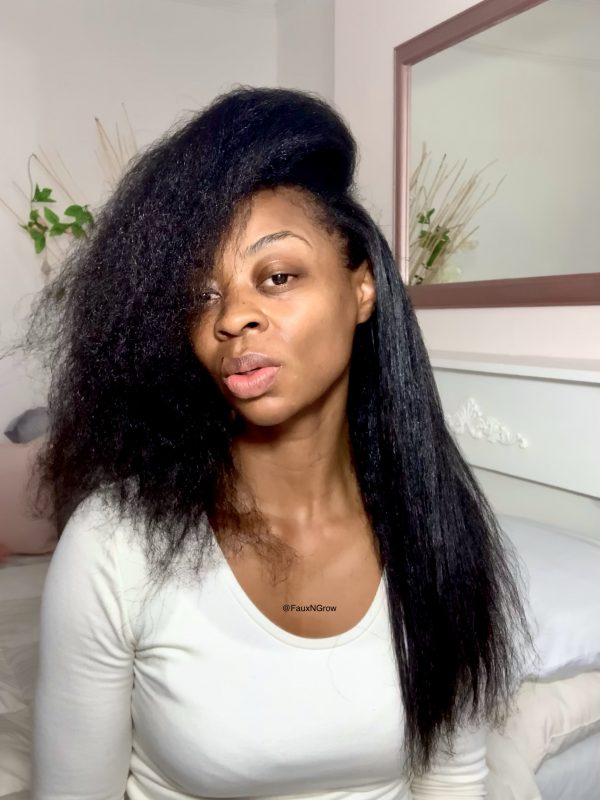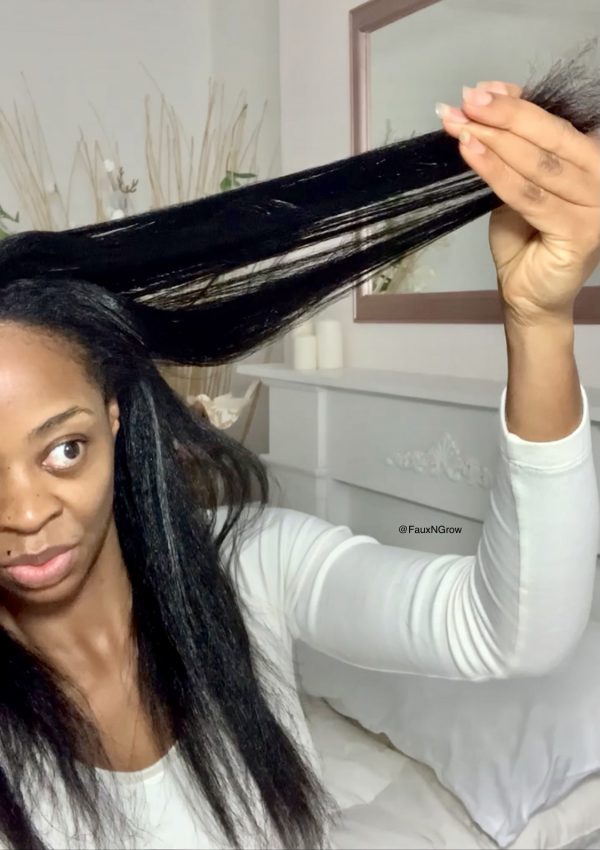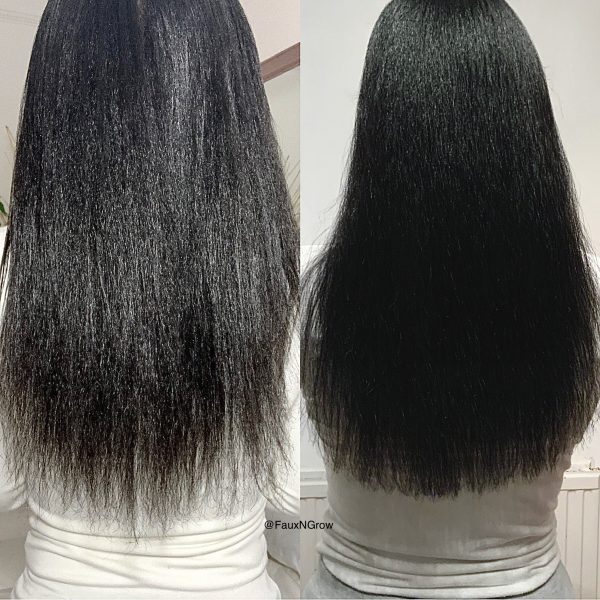Let’s face it, this pandemic has thrown our lives into varying levels of disarray and our Afro strands are no exception. Professional salons have been closed for months causing many of us to suffer breakage and travelling split ends.
As a 'no heat', avid 'protective styler', I used to merely 'dust' my ends at home and trim my hair professionally once a year. Whilst that may work for some, I have since learnt that, despite using protective styles, I still need to trim much more frequently if I want to avoid the shocking 4-plus inches I was having to painfully watch being cut when I eventually did make it to the salon. I discovered that heat tools (which I avoided like the plague) weren't the only cause of damage — our hair encounters environmental and general everyday damage from brushing, combing and styling too.
Protective styling has proven to be great for growing my natural hair (I am now a little past mid-back length) but trimming my dead and split ends is crucial to its length retention; the two go hand in hand! It may seem counterproductive to trim some of your growth but if you leave those splits they’ll travel right up the shaft just like a ladder in a pair of tights, causing grave thinning and damage. It's a false economy because you have to cut more off in the long run - remember prevention is better than cure!
D.I.Y Home Trim For The Win
My new healthy-hair routine involves regular 3-month pro trims which I was unable to maintain and boy did my strands suffer! The London Lockdown forced my hand — I had no choice but to attempt to trim it myself *screams*. A D.I.Y 'pro trim' can be a daunting task requiring great skill and technique. Thankfully a video from DeeperThanHair on 'how to trim your own ends at home' popped up on YouTube right on time, just as my strands were on the brink of an all-out meltdown! I knew my ends were bad so I had nothing but dead unhealthy ends to lose by trying. Plus, it’s hair — it grows back!
When To Trim
Most professional hairstylists recommend trimming every 3-4 months.
How can you tell when your ends need a trim?
1) How do they feel? Mine felt rough and tangled easily, they also felt a little thin.
2) How do they look? Mine were uneven and frayed and on closer inspection, I could see splits and fairy knots at the ends of my strands. Eeek!
The moment I watched the home trimming tutorial I felt empowered to go for it. It didn’t look quite as difficult or technical as I had thought so I set out in search of my brother’s barbering scissors and prepared my hair for a home trim.
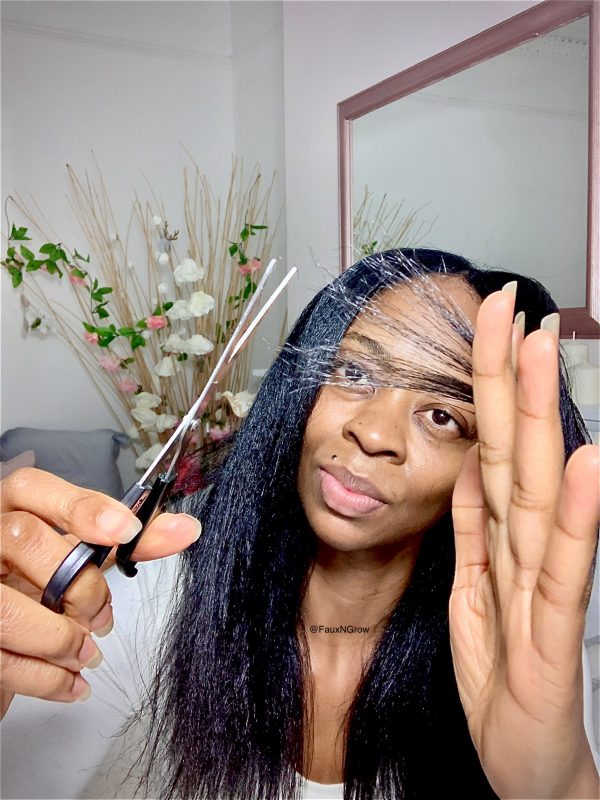
Trimming Preparations
I underwent my usual deep conditioning washday treatments and prepared my strands for heat stretching. Heat stretching is recommended to enable us to assess the condition of our ends more accurately and determine just how much needs to be taken off. It can be difficult to truly see what’s going on when our hair is in its natural un-stretched state, especially those of us with tighter, more textured hair types.
You can trim blown-out hair but I opted to go a step further and lightly press with my straighteners as this gives me a more accurate picture of the state of my strands. You can see any thinning and unevenness more easily, especially when wearing a white/light coloured top as a backdrop.
The Process
After studying the trimming tutorial several times, I proceeded to follow the instruction in the tutorial step-by-step — playing, pausing and copying as I went. I started by sectioning the central front area, pulling the strands straight between my index and middle fingers toward the end of the length and cutting a straight line where the hair looked least transparent and disjointed to even up those unruly ends. I repeated this process on the sides and parted the back section of my head down the middle into two and brought the hair from each side forward towards my collarbone. Whilst standing in front of a mirror, I then proceeded to remove the dead ends and even it out. I cautiously trimmed the length little-by-little to avoid cutting too much off and allow for more to be trimmed as needed for an even length and shape. It was a little tricky to see what I was doing but overall, much easier than I anticipated.
Pro Tips
Don’t simply grab any random pair of scissors you have to hand — your kitchen pair or your child's blunt arts and crafts scissors aren’t gonna cut it, sis! (pun fully intended). Always use sharp professional cutting scissors and always cut in straight clean lines.
My Conclusions
Overall it turned out great (though I did enlist the help of my brother to even me up from behind ever so slightly). It was such a relief to be rid of those dead ends! My hair instantly felt better and became more manageable. I love me some fresh blunt ends — it looks so much healthier and thicker now. This interim-home-trim was most certainly worth it. I felt so proud of my achievement, proud of my Afro hair, and I am confident that it will be saving me some 'inches' when I finally get into my professional stylist's chair, post lockdown.
There’s just something about a fresh cut or trim — it feels symbolic, marking either the end of an era or the start of something wonderful and new. It can be so liberating and empowering, especially when we are the ones brandishing the cutting tools with full control of the outcome; our hair, our lives, our way!
Are your strands screaming at you right now? What are you waiting for? Believe in yourself, you've got this!
Fro'ever Yours,
Donna-Marie @FauxNGrow

